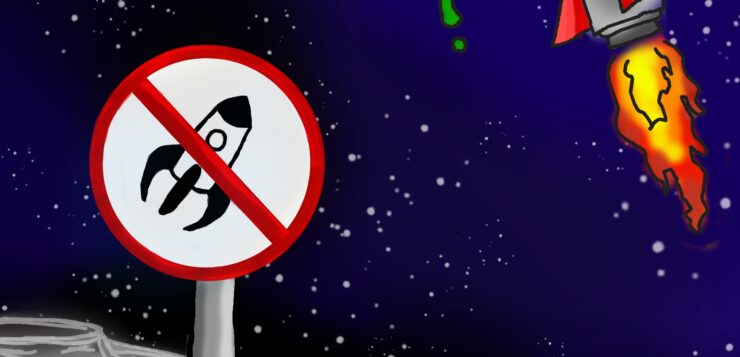Eugene Cernan isn’t a name on the tips of tongues like Buzz Aldwin or Neil Armstrong. He isn’t remembered like Yuri Gagarin or the dog Laika, and his presence feels less ubiquitous with space than words like ‘Apollo’ or ‘Sputnik’, and yet Cernan was a significant figure in visiting the moon. In fact, he was so significant that he would end up being the last man on the moon in 1972, and no country since has launched a successful attempt to land on it since… but why?
Going back to 1969, tensions between America and Russia are still high during the Cold War period, and the race to the moon was on. Russia had successfully launched the first living creature into space in 1957, the sad story of Laika the dog’s eventual suicide mission, and would follow it with Yuri Gagarin as the first man in space in 1961. Two of the biggest powers of the world were locked in battle, albeit an egotistical one, and the moon was set as the destination of the stars. When Aldwin, Armstrong and Michael Collins (yes, there was a third man part of the Apollo 11 mission) made it to the moon, history wasn’t just made, but America beat Russia. Mars was too far, Venus and Mercury too unviable, space felt conquered and America had set a new precedent for what was achievable.
Yet this precedent came at a cost. The Planetary Society reports that the Apollo programme cost NASA $28 billion ($280 billion when adjusted to 2020’s inflation). A battle of egos was a battle of money and with very little reason for visiting the moon other than an arrogant display of power, NASA found it harder and harder to justify trips to the moon. Apollo wasn’t faultless either, the potential disaster of the Apollo 13 mission made NASA re-evaluate how necessary trips to the moon were becoming. Plus, after beating Russia, who abandoned their lunar space programme shortly after the success of Apollo 11 and the disaster of the Soviet N1 rocket, Apollo existed merely under the guise of research – a justification that would only stretch so far.
While NASA managed to successfully land six Apollo missions that were manned, it was Eugene Cernan’s Apollo 17 that would be the last time anyone would step onto the moon. NASA could no longer justify spending billions of dollars on a space programme that existed in a liminal state of being aimless. After 1965 saw a drop in the amount of funding NASA was securing, the be-all and end-all were finally reached, and the importance and emphasis on new discoveries shifted.
The moon was no longer a mystery to us. While its dark side was often fantasied about as the inspiration for countless science-fiction novels, the moon provided none of the necessary materials we needed nor did it have the mysteries that justified countless visits. Instead, NASA switched focus to new horizons that mirrored the rest of the world. What is beyond our solar system? What don’t we know about Mars? Is there life in space? All these questions need time and money to solve, and the moon for one thing, didn’t have the answers we needed.




